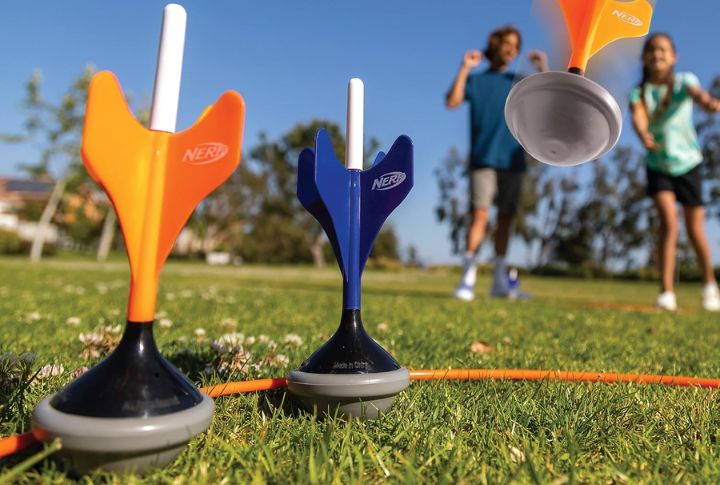
Some items have quietly disappeared from circulation due to safety, health, or environmental concerns. While these products once had a place in homes and industries, they’ve been removed for good reason. Let’s take a closer look at what’s no longer allowed.
Carbon Tetrachloride Cleaners
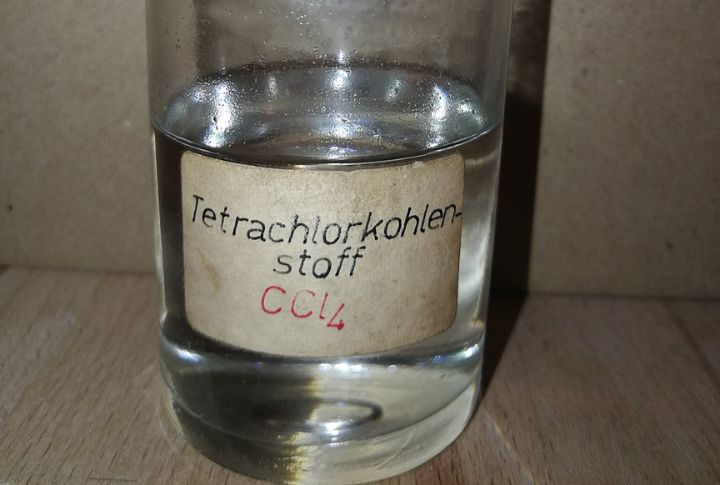
Once found in spot removers and dry-cleaning solutions, carbon tetrachloride earned a ban after being linked to liver, kidney, and nervous system damage. The EPA prohibited its consumer use in the late 1970s due to high toxicity and environmental risks. You won’t see it in stores anymore, and that’s for a good reason.
Mercury Thermometers
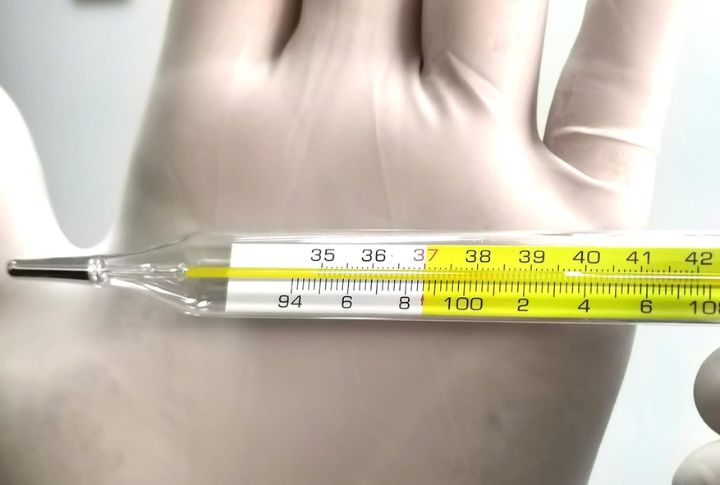
Without fanfare, these glass tubes vanished from medicine cabinets. Mercury thermometers weren’t just fragile—they leaked a neurotoxin. Spills created dangerous cleanup scenes, especially in homes with kids or older adults. Most states now restrict their sale, urging a switch to digital versions for safety and sanity.
Tris-Treated Children’s Pajamas

In the 1970s, a flame-resistant chemical called Tris found its way into children’s sleepwear. It seemed like a good idea until scientists discovered it caused cancer in lab animals. The government banned Tris-treated pajamas, forcing manufacturers to rethink how they made bedtime safer without turning it toxic.
Pre-2005 Drop-Side Cribs

Drop-side cribs were banned in the U.S. in 2011 after multiple infant injuries and deaths. Before then, it was once common in nurseries. The sliding mechanism could detach, creating a deadly gap. Now, the Consumer Product Safety Commission prohibits the sale, resale, or manufacture of these cribs for good reason.
PCBs In Electrical Products
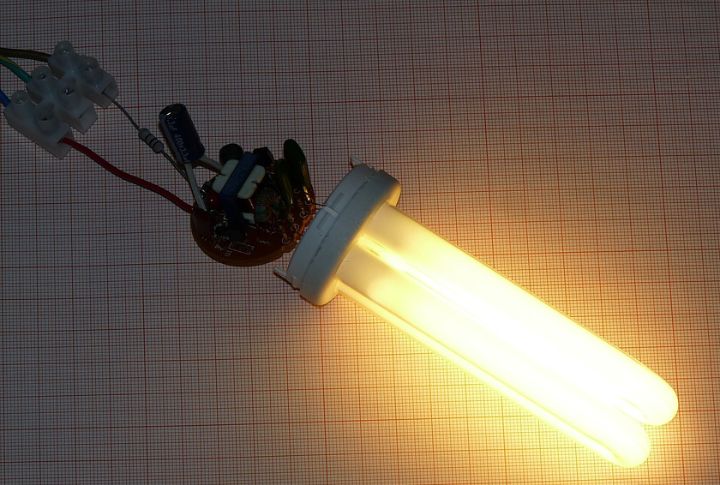
Polychlorinated biphenyls (PCBs) once powered electrical equipment like transformers and fluorescent light ballasts. But after scientists linked them to cancer and environmental damage, the U.S. banned their manufacture in 1979. Despite the ban, older buildings may still hide PCB-laced parts that pose serious health risks during renovation or disposal.
Certain Scented Candles
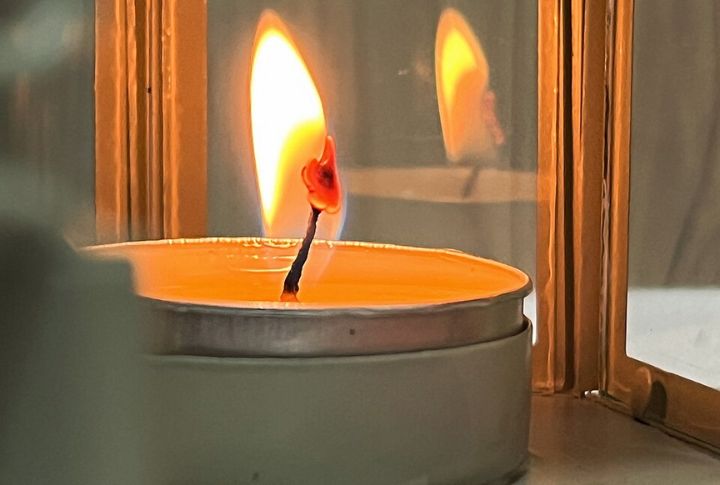
Some scented candles smell like vanilla dreams but burn with hidden threats. Older candles or cheap imports may use wicks with lead cores, which release lead fumes into the air. Banned in the U.S. since 2003, these candles are still found online or in dusty storage. They don’t just smell bad—they’re bad news.
Aerosol Sprays With CFCs

Once celebrated for their cool burst and clean scent, aerosol sprays used chlorofluorocarbons that tore holes in the ozone. By the mid-1990s, CFC-based sprays were banned in the U.S., protecting the sky one can at a time. They cleaned mirrors, but they nearly wrecked the atmosphere in the process.
Lawn Darts (Jarts)

Not every toy was designed with safety in mind. Lawn darts, those heavy metal-tipped projectiles, were banned in 1988 after causing serious injuries and several deaths. They were marketed as family fun, but their danger outweighed the nostalgia.
High-Phosphate Dishwasher Detergents
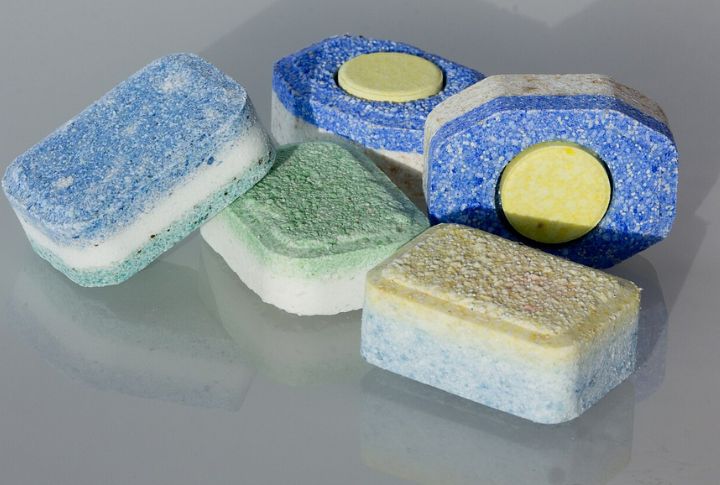
At first glance, your dishes looked cleaner, but high-phosphate detergents wreaked havoc on lakes and rivers. Phosphates promote algae growth, which chokes out aquatic life. Several states stepped in, banning these products from stores and pushing eco-friendly options instead. Your plates might sparkle less, but your conscience won’t.
Primatene Mist Inhalers (Original CFC Version)
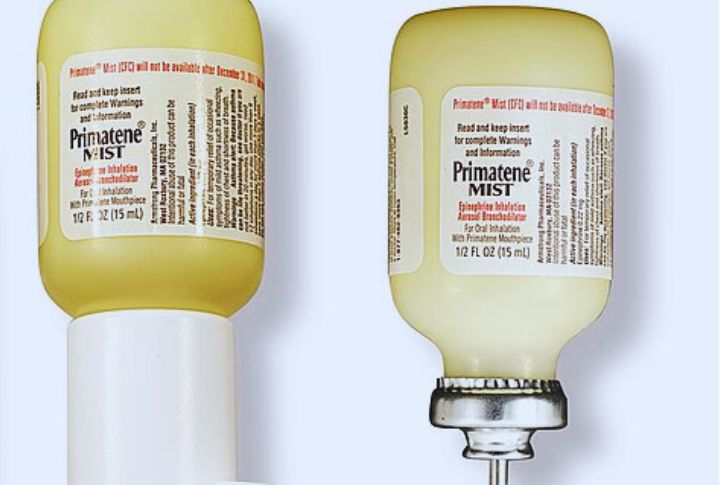
Once a go-to over-the-counter asthma relief, Primatene Mist inhalers using CFCs were banned in the U.S. in 2011. The propellant posed environmental risks by depleting the ozone layer. While reformulated versions exist, the original was pulled to protect the air we all breathe—one puff at a time.

